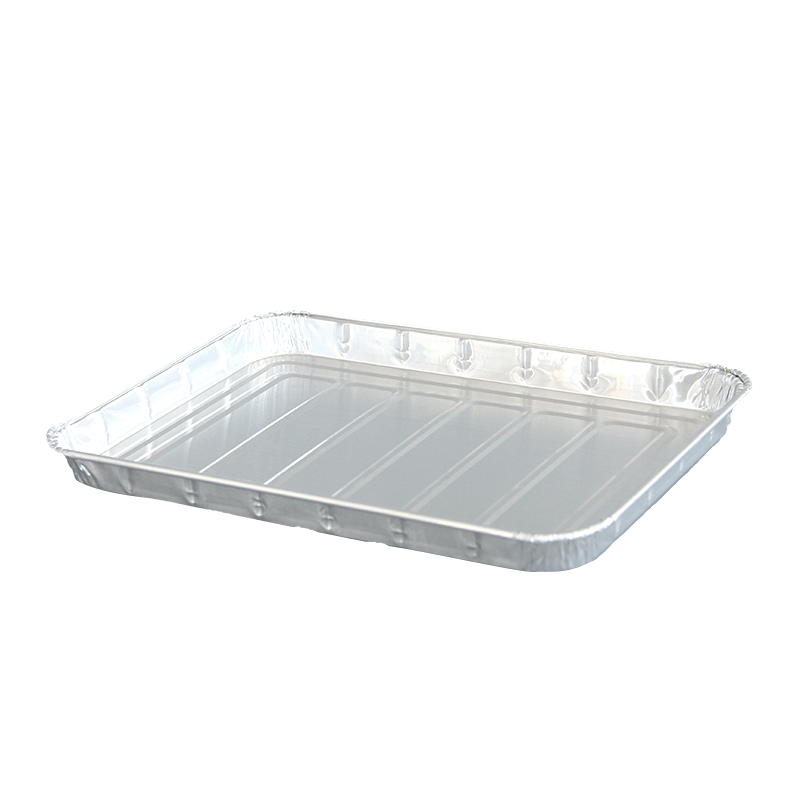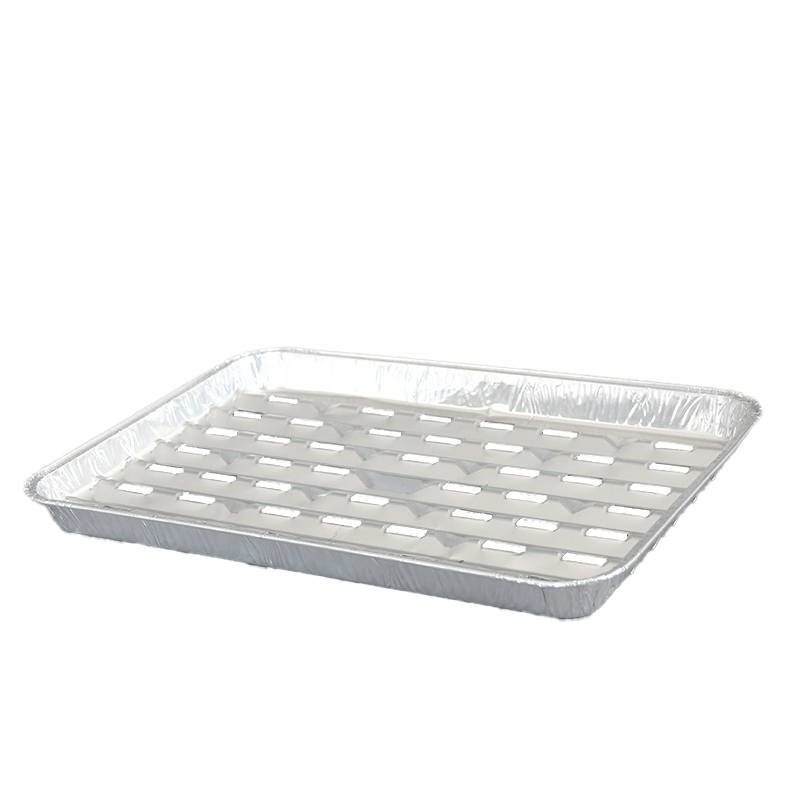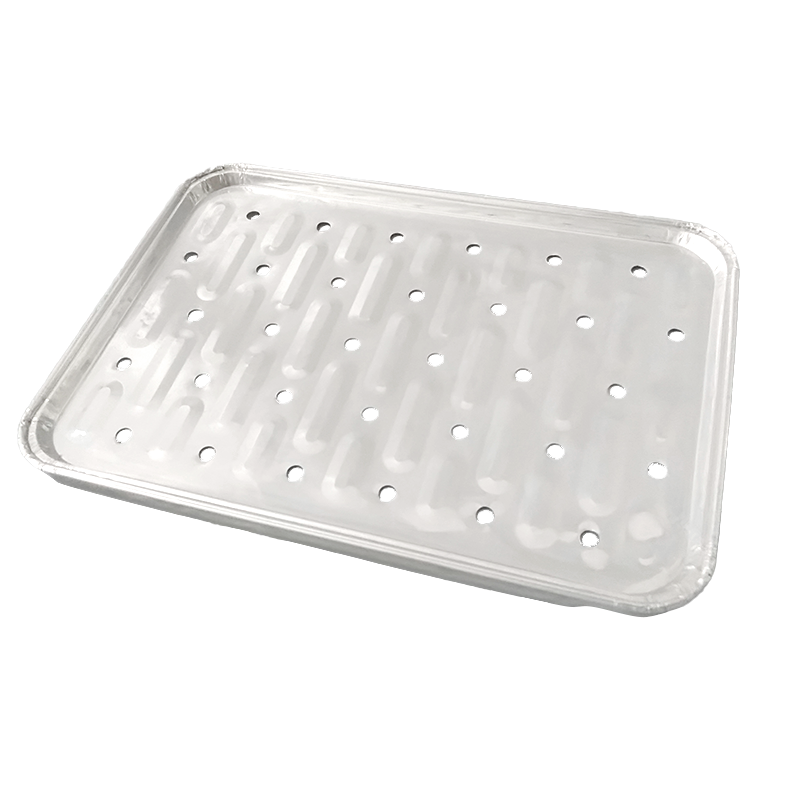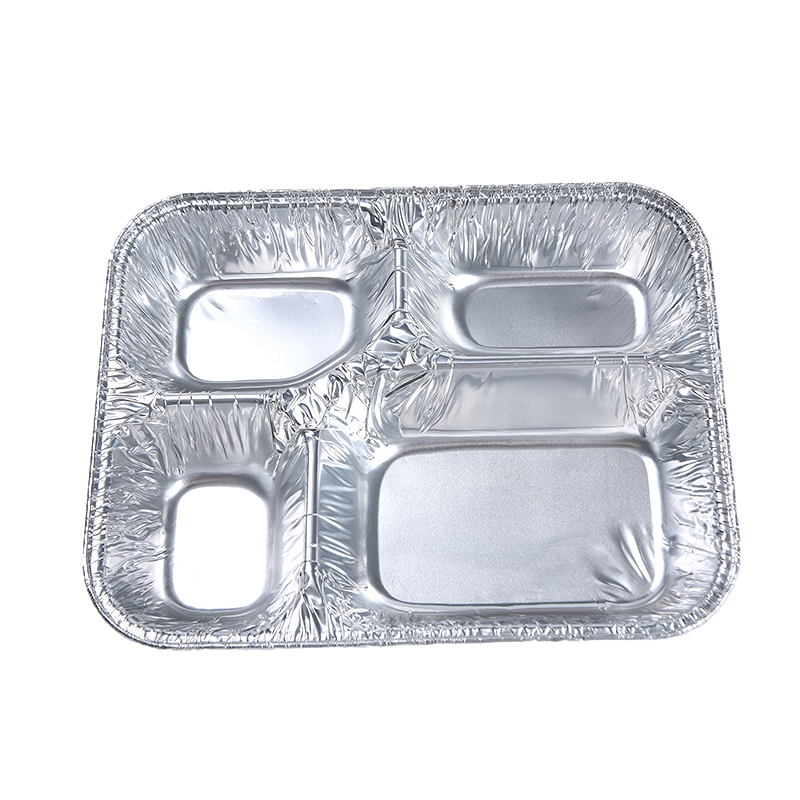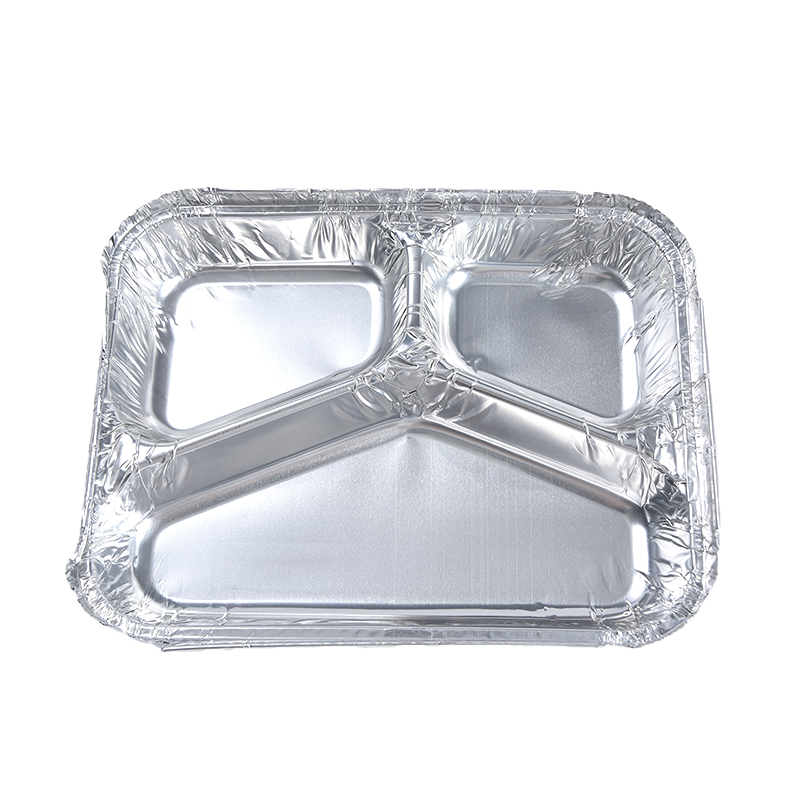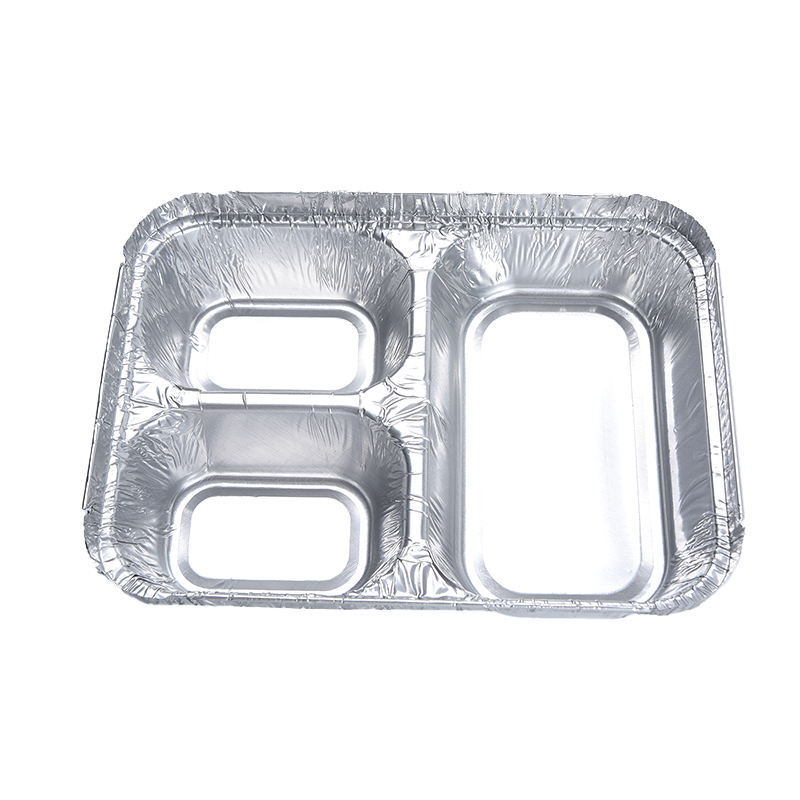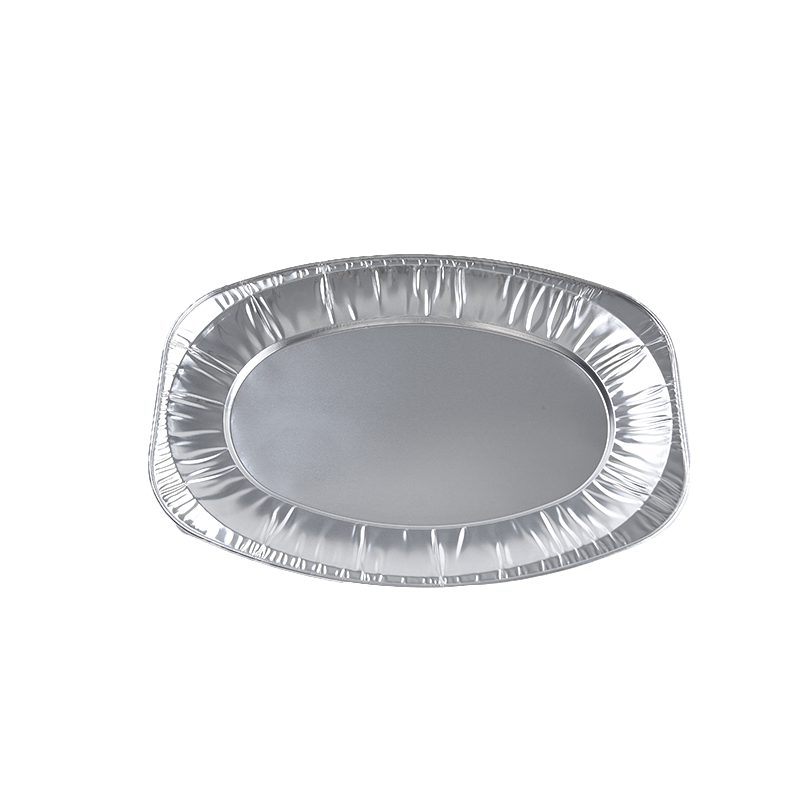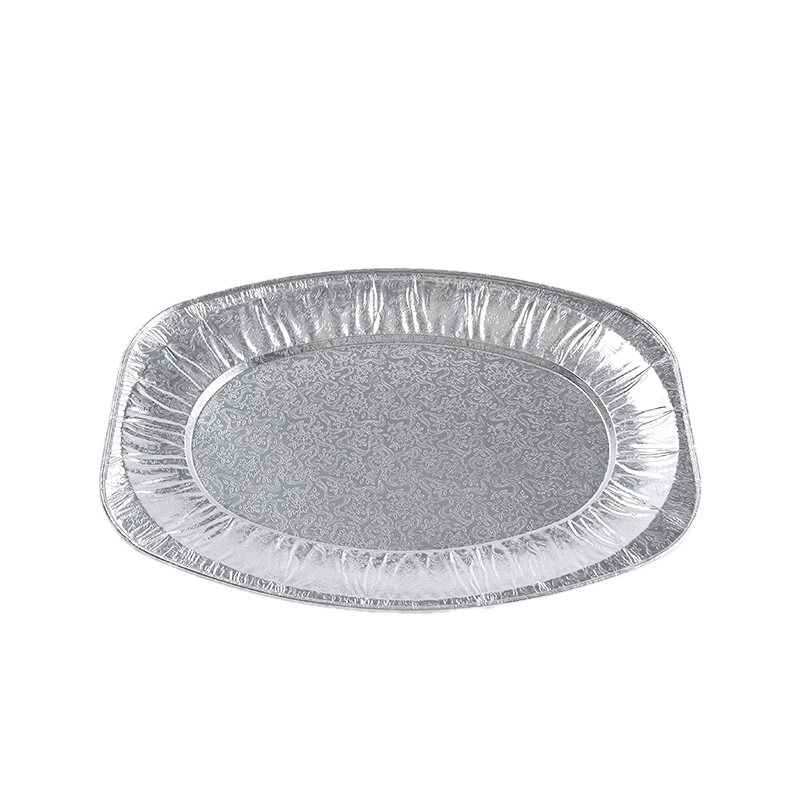The contribution and advantages of aluminum foil tableware in environmental protection
Industry News-1. Environmental protection contribution
Reduce plastic pollution and "white garbage". Aluminum foil tableware can effectively replace disposable plastic tableware (such as polypropylene and polyethylene products) to avoid long-term retention of plastic in the natural environment (plastics take hundreds of years to degrade, while aluminum foil can weather in the soil in 2-3 years without releasing microplastics). The recycling rate of aluminum is as high as more than 25 times, and the smelting energy consumption after recycling is only 5% of that of primary aluminum, which significantly reduces resource consumption. Combined with the garbage classification system, aluminum foil tableware can quickly enter the urban recycling system to promote closed-loop circulation. The barrier properties of aluminum foil (waterproof, antibacterial, and antioxidant) can extend the shelf life of food and reduce waste caused by deterioration.
2. Specific manifestations of environmental protection advantages
Aluminum foil tableware has strong temperature resistance: it can withstand a temperature range of -40℃ to 250℃, and is suitable for refrigeration, heating, baking and other scenarios, reducing food loss caused by heat resistance of packaging.
Good sealing: Aluminum foil tableware can be completely sealed to prevent food spillage or contamination during transportation, reducing cleaning costs and environmental burden.
Convenience of classified recycling: Aluminum foil tableware is classified as "recyclable" in garbage classification, and its metal properties can be quickly sorted through magnetic separation technology to improve recycling efficiency. After recycling, aluminum can be reused in construction, automobile manufacturing and other fields to achieve multi-level resource utilization.





 English
English 日本語
日本語 عربى
عربى Español
Español
